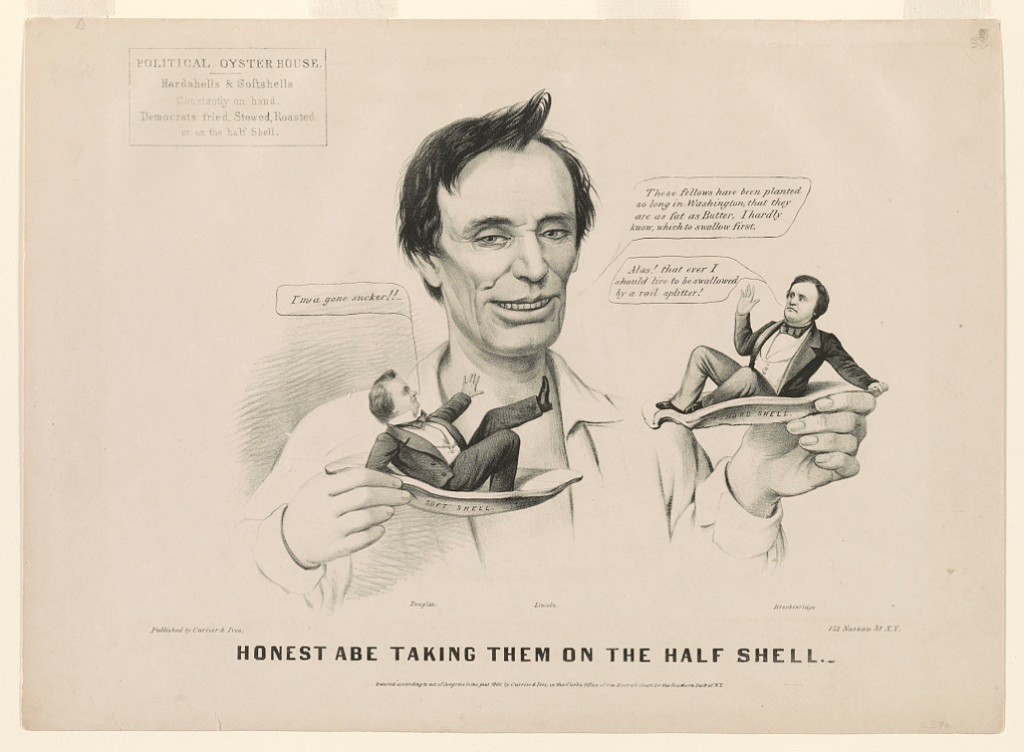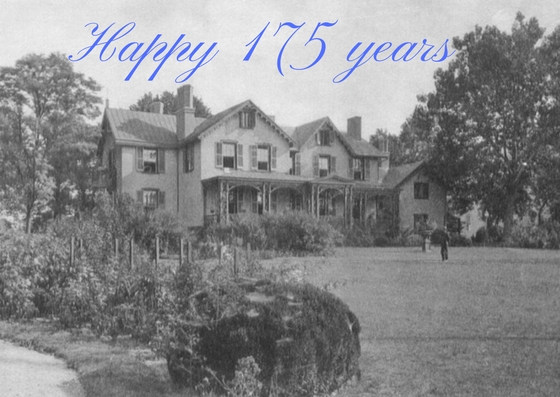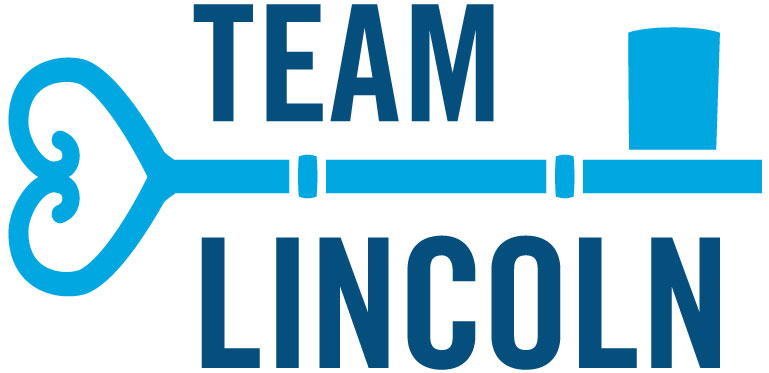DIRECTOR’S LETTER
Dear Friends,
President Lincoln’s Cottage is a site of deeply divisive political history. It’s impossible to share the stories of what happened here, how Lincoln’s decisions continue to impact our lives today, and how his work remains unfinished, without discussing political issues. Political discussion doesn’t equal partisanship, of course. As a National Monument, we currently are, and must remain, a non-partisan resource for all people. We continue our efforts to bring communities together at the Cottage around what unites rather than divides them. We have also remained steadfast in our support of causes that advance freedom — Lincoln’s unfinished work. Two current examples including tackling issues around immigration in our American by Belief exhibit, and issues around modern slavery through our Students Opposing Slavery program.
Visitors sometimes arrive with assumptions about staff political leanings. Republican visitors tend to assume we’re all Republicans. Democrat visitors tend to assume we’re all Democrats. In reality, our team cuts across the political spectrum. For our organization, political diversity is essential — it helps us better engage all people. We are able to work together as a close team in spite of differences, because of our respect for one another and our genuine appreciation for each other. Breaking bread together is one of the oldest ways to foster a sense of community with our team and the public. It’s why we have receptions before Cottage Conversations, and bring speakers together for lunch before the Lincoln Ideas Forum. The exchange of ideas flows more easily when we sit down together to share food.
Along those lines, this month, at our annual staff summer picnic, we added a twist — cooking dishes the Lincolns loved. You can see the results here.
Last month we featured the first in a pair of articles I was pleased to co-author with Rae Katherine Eighmey, inspired and derived in part from her book, Abraham Lincoln in the Kitchen (Smithsonian Books, 2014). Last month’s article focused on how Mary Lincoln’s skill in the kitchen and in entertaining were essential to the Lincolns’ rise up the ladder of society. This month, we took a playful look at Abraham Lincoln through six of his favorite foods. What we eat says so much about who we are as individuals and communities. It’s fun and illuminating to consider how Abraham Lincoln’s favorite foods reveal something about who he was. I hope you enjoy it.
Thank you for your support,
GASTRONOMICAL ABE

Lincoln was a lover of oysters. Here a political cartoon depicts him eating his opponents on the half shell.
Food was an important part of the Lincolns’ life. It was a key component to entertaining and dining — and even providing comfort — from Kentucky to Springfield to the White House. For the second part of our Gastronomical Lincolns series (our first focused on Mary — click here if you missed it), we finish with the six foods closely associated with Lincoln: what they said about his appetite and what they said about him as a man.
SOS INTERNATIONAL SUMMIT 2017

2017 International Summit participants
From June 26-June 30th, President Lincoln’s Cottage hosted twenty six young abolitionists from around the world for the 5th annual Students Opposing Slavery International Summit. Participants hailed from eight states and five countries: India, Malaysia, Philippines, Indonesia, and the U.S. Throughout the week they met with survivors of human trafficking, listened to speakers from leading NGOs and organizations such as Polaris Project, Good Weave International, and more, and came together to gain resources and training to take action against human trafficking in their own communities.
For more photos of the Summit, click here. Lydia Miller, our summer Program intern, reflected on her experience shadowing the Summit, and said: “After spending a week immersed in the possibility that they [the student participants] can end slavery, I am confident that they are going to succeed.” Read her full reflection here.
Young people wanting to change the world caught the interest of the CNN Freedom Project, who came to film the Summit one day. The Summit was also featured recently in a Teen Vogue article titled “These Teens are Working to End Modern Slavery.”

CNN anchor Linda Kinkade interviewing three participants
HOMECOMING
WHEN: Saturday, September 16
For the first time ever, we’re combining our two popular events, the Freedom 5K and Family Day, into one full day of racing and family fun: Homecoming. During the Civil War the Lincoln family called the Cottage home. This year we welcome everyone back “home” to join us for a full day of activities where you can run, walk, and play like Lincoln.
Click here to register and for more details.
PRESERVATION UPDATE: Happy 175th Birthday, Cottage!

Did you know that President Lincoln’s Cottage is turning 175 years old this summer? The Cottage has gone through many name changes throughout the years: Corn Riggs, the Old Soldiers’ Home, the Anderson House, and the grooviest: the Lincoln Lounge in the 1970s (technically a room, but still). Read on as Senior Preservationist Jeff Larry details the Cottage’s origins to help us celebrate the Cottage’s 175 years. (And yes, we’re accepting birthday cakes, too.)
STORE UPDATE: Mary Lincoln Inauguration Jewelry

Looking for an elegant gift? New to our Museum Store are four beautiful necklaces, inspired by Mary Lincoln’s 1861 inaugural look. Click here for closer photos and a description of each.
To purchase or for inquiries, stop by in person (anytime from 9:30am to 4:30pm in the Visitor Education Center) or call 202-829-0436 ext 0.
STAFF SPOTLIGHT: A Very Mary and Abe Feast

This month, in the spirit of our Gastronomical Lincoln series, we decided to host a Lincoln-inspired feast for our annual summer staff party. PLC staff tried their hand at recreating some 19th century meals inspired by Rae Katherine Eighmey’s book, Abraham Lincoln in the Kitchen: A Culinary View of Lincoln’s Life and Times. Some soared, some flopped, but all in all it was truly a feast fit for a King (or President, rather). For more reflections, photos of specific dishes, and recipes, click here.
TEAM LINCOLN


Officer Dwann Thornton standing at the Security Guardhouse
To hail the unsung heroes, the vital parts of Team Lincoln that help with daily operations and keep the site running smoothly, this month we interviewed Officer Dwann “Dee Dee” Thornton, a member of the security staff through our partner the Armed Forces Retirement Home (AFRH). Officer Thornton is the first person visitors see when they visit the Cottage, and is arguably the eyes and ears of the campus. For the full article, read on here.
NEWS and AWARDS
- Sustaining Places named President Lincoln’s Cottage the Small Museum of the Month for July
- For July 4th, the Old Town Crier focused on the Act to Encourage Immigration, featured in our American by Belief exhibit.
- Parade Magazine listed us in their America the Unique: Celebrating Our True Nation’s Treasures issue: “If You Like the Lincoln Memorial, You’ll Love President Lincoln’s Cottage”.
- Two SOS Summit 2017 alums were featured in Malaysian Digest about how they’re raising awareness in their home country of Malaysia after the Summit.
- NBC Washington recommended the Cottage as a Place to Keep Cool on a hot July weekend.
- Both CNN’s Freedom Project and Teen Vogue covered the SOS International Summit 2017. Read the Teen Vogue feature here.
SUPPORT PRESIDENT LINCOLN’S COTTAGE
Support our educational programs, preservation efforts and public events by making a contribution to President Lincoln’s Cottage. Donate online today.





